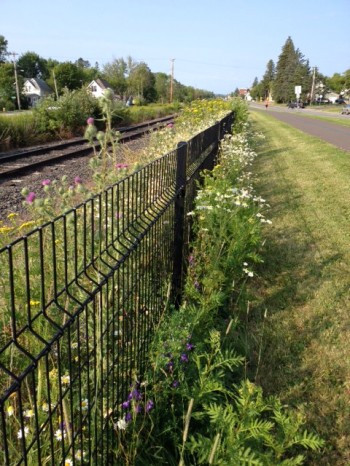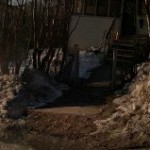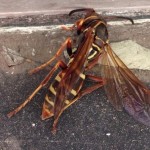Why does the City of Duluth hate wildflowers and butterflies?
Here in Lakeside we love our extension of the Lakewalk. One of the best features are all the wildflowers that grow along the fence, including stands of milkweed which is essential for Monarch butterflies.
So, I was shocked today to see City crews with weed whips cutting down the wild flowers along the fence.
Who could have thought this was a good idea? And how can we tell that person to stop destroying this wonderfully beautiful and diverse wildflower habitat?
Recommended Links:
Leave a Comment
Only registered members can post a comment , Login / Register Here














4 Comments
Sonya
about 10 years agobluenewt
about 10 years agoBret
about 10 years agoShane
about 10 years ago